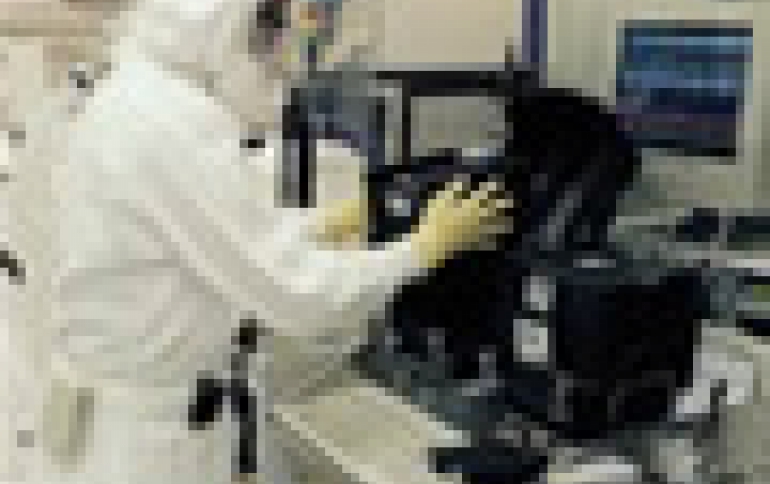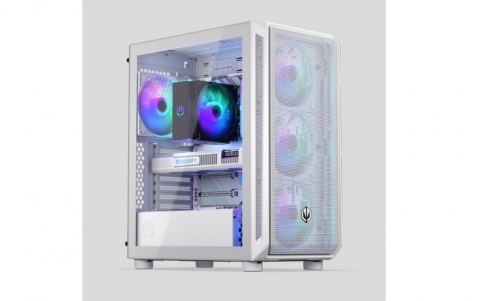
Intel Makes Multi-Million Euro Investment to Create European Exascale Computing Research Center
Commissariat à l'Énergie Atomique, Grand Equipement National de Calcul Intensif, Intel Corporation and Université de Versailles Saint-Quentin-en-Yvelines have entered into an agreement to create an Exascale Computing Research Center.
Part of Intel's European research network - Intel Labs Europe - the center will explore how to build high-performance computing systems with a thousand times the performance of today's fastest supercomputers. The term "exascale" refers to computers that are able to process 1 trillion - or 1 million million million - instructions per second.
Intel said that it would support the Exascale Computing Research Center with a multi-million Euro investment over a 3-year period. The French Atomic Energy Commission, the Versailles Saint-Quentin-en-Yvelines University and the French National High-Performance Computing Agency will combine to match Intel's contribution. This is Intel's first joint lab in Europe focused exclusively on high-performance computing. It will complement and extend Intel's existing high-performance computing research programs, investments and initiatives, including the Intel Academic Community Program and European Space Agency's "Mapping the Globe from Space" project.
The research agenda of the Exascale Computing Research Center will include integrating multi petaFLOPS systems, developing advanced performance optimization techniques, and collaborating with end users to optimize supercomputer performance in areas such as energy, seismology, computational fluid dynamics and health care.
The advent of exascale is expected to enable supercomputers to solve much more complex problems than today. For example in health care this capability should enable highly sophisticated genome calculations, enabling individualized patient treatment, or simulation of cell interactions to provide new cancer treatments. Another application can be found in seismology where exascale computing could enable more detailed prediction of ground movement at sites with high security requirements or where frequent movement is expected. In climate modeling, more accurate long-term forecasts and much more detailed local weather forecasts could be made.
The Exascale Computing Research Center will employ about a dozen people initially and is expected to eventually grow to about three times that number, Intel added.
Intel said that it would support the Exascale Computing Research Center with a multi-million Euro investment over a 3-year period. The French Atomic Energy Commission, the Versailles Saint-Quentin-en-Yvelines University and the French National High-Performance Computing Agency will combine to match Intel's contribution. This is Intel's first joint lab in Europe focused exclusively on high-performance computing. It will complement and extend Intel's existing high-performance computing research programs, investments and initiatives, including the Intel Academic Community Program and European Space Agency's "Mapping the Globe from Space" project.
The research agenda of the Exascale Computing Research Center will include integrating multi petaFLOPS systems, developing advanced performance optimization techniques, and collaborating with end users to optimize supercomputer performance in areas such as energy, seismology, computational fluid dynamics and health care.
The advent of exascale is expected to enable supercomputers to solve much more complex problems than today. For example in health care this capability should enable highly sophisticated genome calculations, enabling individualized patient treatment, or simulation of cell interactions to provide new cancer treatments. Another application can be found in seismology where exascale computing could enable more detailed prediction of ground movement at sites with high security requirements or where frequent movement is expected. In climate modeling, more accurate long-term forecasts and much more detailed local weather forecasts could be made.
The Exascale Computing Research Center will employ about a dozen people initially and is expected to eventually grow to about three times that number, Intel added.





















